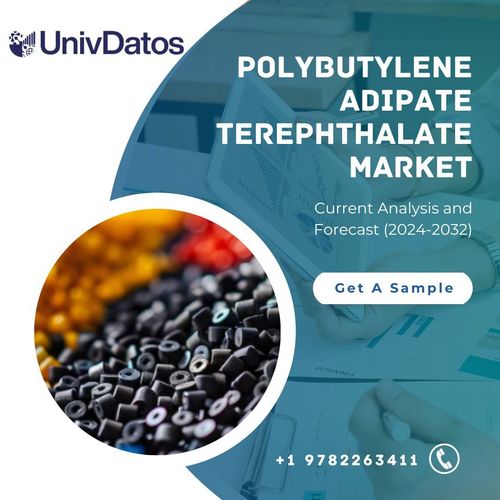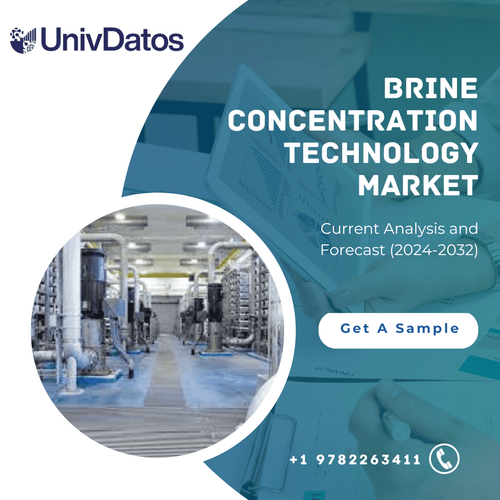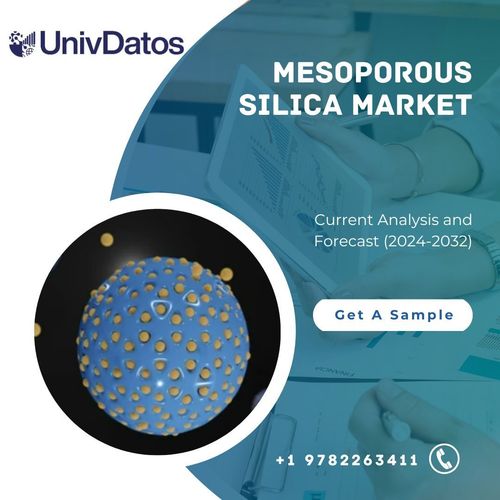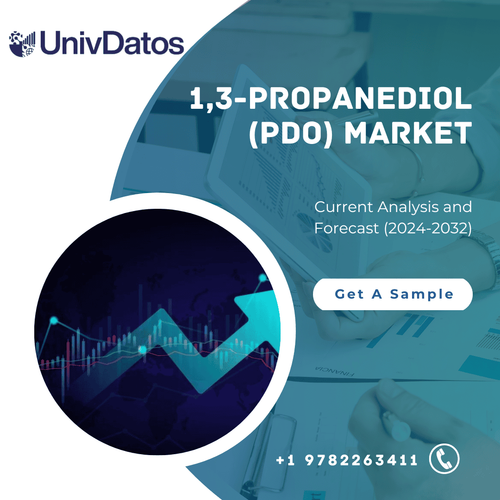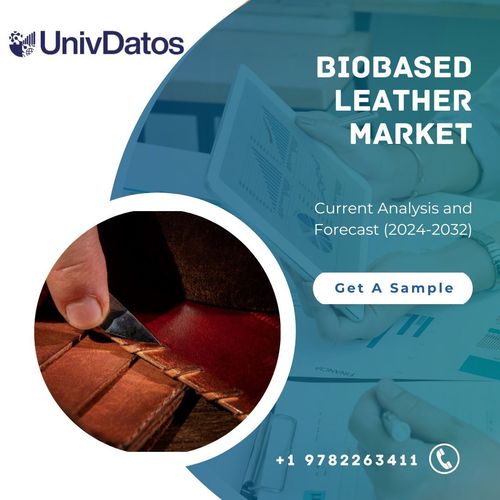Seed Treatment Market: Current Analysis and Forecast (2022-2030)
Emphasis on Type (Chemical, Synthetic Chemicals, Biological, and Physical); Application Technique (Coating, Pelleting, Dressing, and Others); Function (Seed Protection and Seed Enhancement); Crop Type (Cereals, Oilseeds, Fruits & Vegetables, and Others); and Region/Country
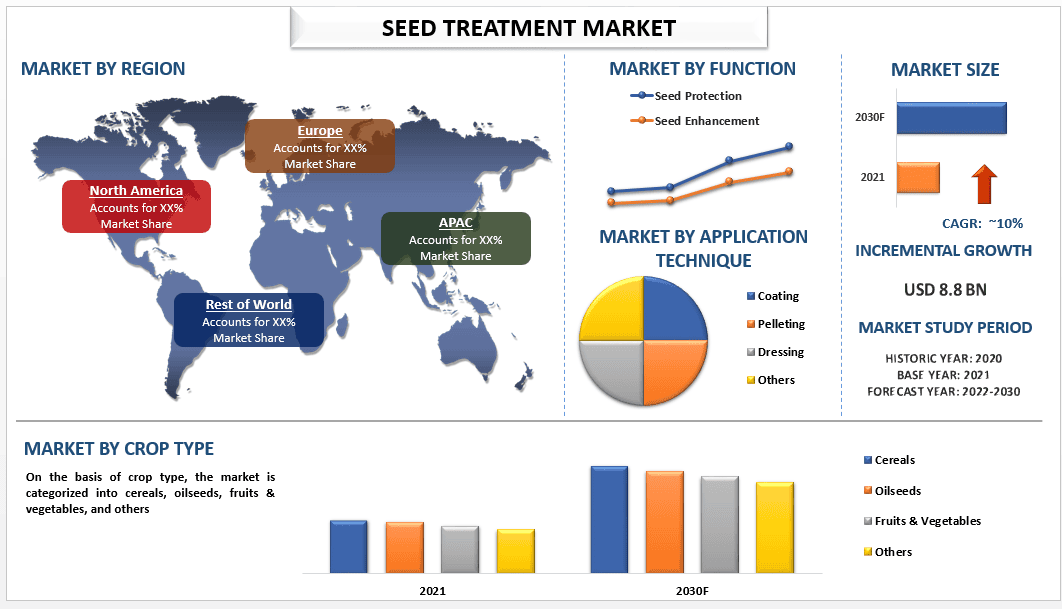
Global Seed Treatment Market is expected to grow at a significant rate of around 10% during the forecast period. Seed Treatment is the processing of the planting material to make it more resilient to harsh environmental conditions such as moisture, temperature, humidity, and storage. Also, the seed treatment process is the application of fungicide, insecticide, or other non-chemical combinations, to seeds to disinfect them from seed-born or soil-borne pathogenic organisms and storage insects. In addition, seed treatment plays an important role in protecting the seeds and seedlings from seed and soil-borne diseases and insect pests affecting crop emergence and growth. Also, many major players are launching new products on the market that will help in improving crop productivity and efficiency. For instance, in Sep 2021, UPL launched smart-tech driven seed treatment solution Electron 3-WM. Also, in Nov 2020, New seed treatment to be launched by UK biotechnology company AminoA at CropTec Show 2020.
BASF SE; Syngenta Crop Protection AG; Bayer AG; Sumitomo Chemical Co., Ltd.; Croda International Plc; Valent BioSciences LLC; Novozymes; Corteva; Nufarm US; FMC Corporation are some of the key players in the market. Several M&As along with partnerships have been undertaken by these players to facilitate customers with hi-tech and innovative products/technologies.
Insights Presented in the Report
“Amongst type, chemical category is expected to grow with a significant CAGR during the forecast period”
Based on type, the market is segmented into chemical, synthetic chemicals, biological, and physical. The chemical category is expected to grow with a significant CAGR during the forecast period. Chemical type refers to fungicide, insecticide, or a combination of both, to seeds to disinfect them from seed-borne or soil-borne pathogenic organisms and storage insects. Furthermore, many major players are launching new products that are majorly focusing on treating seeds to help crops from damage due to disease. For instance, in May 2022, Syngenta Seedcare launched VICTRATO, a novel seed treatment that targets damaging nematodes and diseases in many crops.
“Amongst function, seed protection category is expected to grow with a significant CAGR during the forecast period”
Based on function, the seed treatment market has been bifurcated into seed protection and seed enhancement. The seed protection category is expected to grow with a significant CAGR during the forecast period. This is mainly due to the rising need to protect the seeds from pests or diseases. During early stage of growth, the seed may fail to germinate due to pests or disease. To maintain the immunity of the seed the seed protection function is done. Many organizations are launching new treatment processes to protect against flea beetles that can be complemented by other insecticide technologies. For instance, in Jul 2021, BASF introduced Vercoras as the first BASF seed treatment for InVigor hybrid canola. Growers can leverage a robust level of disease control, including protection against blackleg and frontline protection against flea beetles that can be complemented by other insecticide technologies.
Seed Treatment Market Report Coverage
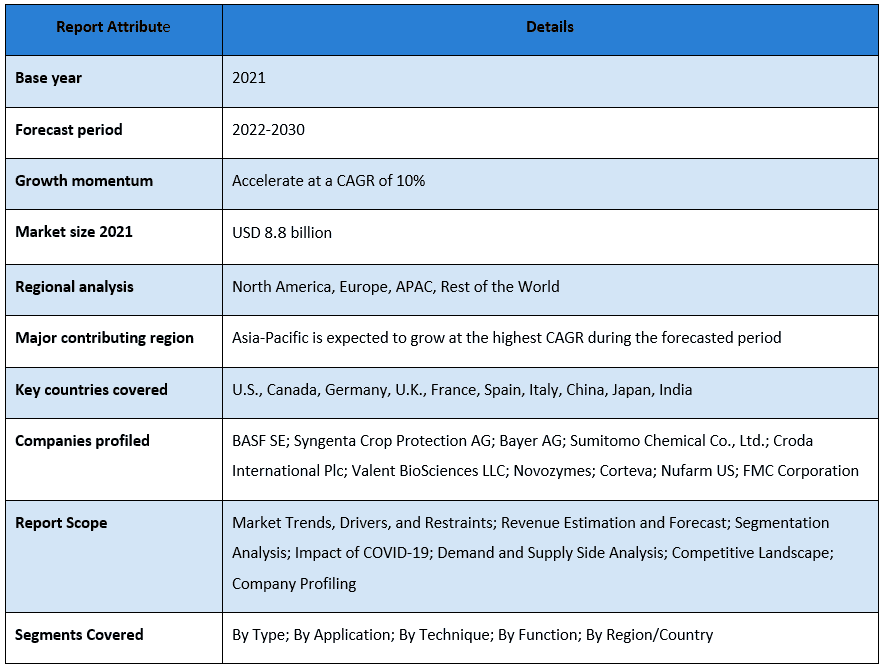
“APAC is anticipated to grow at a substantial CAGR during the forecast period”
In 2021, APAC is anticipated to grow at a substantial CAGR during the forecast period. This is mainly due to the rising demand for forage and fodder crops in the region. Also, with the rising demand for high-quality seeds and increasing awareness of crop protection and digital solutions, the demand for seed treatment is increasing in the market. For instance, in Sep 2022, Corteva launched Cutting-edge Technology in Seed Treatment. The treated seeds would protect paddy crops against insect attacks for 60 to 70 days after they were sown. Additionally, the increasing demand for bio-based agricultural products with a reduced risk of exceeding minimum residue levels.
Reasons to buy this report:
- The study includes market sizing and forecasting analysis validated by authenticated key industry experts.
- The report presents a quick review of overall industry performance at one glance.
- The report covers an in-depth analysis of prominent industry peers with a primary focus on key business financials, product portfolios, expansion strategies, and recent developments.
- Detailed examination of drivers, restraints, key trends, and opportunities prevailing in the industry.
- The study comprehensively covers the market across different segments.
- Deep dive regional level analysis of the industry.
Customization Options:
The global seed treatment market can further be customized as per the requirement or any other market segment. Besides this, UMI understands that you may have your own business needs, hence feel free to connect with us to get a report that completely suits your requirements.
Table of Contents
Research Methodology for the Seed Treatment Market Analysis (2022-2030)
Analyzing the historical market, estimating the current market, and forecasting the future market of the global seed treatment market were the three major steps undertaken to create and analyze the adoption of seed treatment in major regions globally. Exhaustive secondary research was conducted to collect the historical market numbers and estimate the current market size. Secondly, to validate these insights, numerous findings and assumptions were taken into consideration. Moreover, exhaustive primary interviews were also conducted, with industry experts across the value chain of the global seed treatment market. Post assumption and validation of market numbers through primary interviews, we employed a top-down/bottom-up approach to forecasting the complete market size. Thereafter, market breakdown and data triangulation methods were adopted to estimate and analyze the market size of segments and sub-segments of the industry pertains to. Detailed methodology is explained below:
Analysis of Historical Market Size
Step 1: In-Depth Study of Secondary Sources:
Detail secondary study was conducted to obtain the historical market size of the seed treatment market through company internal sources such as annual reports & financial statements, performance presentations, press releases, etc., and external sources including journals, news & articles, government publications, competitor publications, sector reports, third-party database, and other credible publications.
Step 2: Market Segmentation:
After obtaining the historical market size of the seed treatment market, we conducted a detailed secondary analysis to gather historical market insights and share for different segments & sub-segments for major regions. Major segments are included in the report as type, application technique, and function. Further country-level analyses were conducted to evaluate the overall adoption of testing models in that region.
Step 3: Factor Analysis:
After acquiring the historical market size of different segments and sub-segments, we conducted a detailed factor analysis to estimate the current market size of the seed treatment market. Further, we conducted factor analysis using dependent and independent variables such as various type, application technique, and function of seed treatment. A thorough analysis was conducted for demand and supply-side scenarios considering top partnerships, mergers and acquisitions, business expansion, and product launches in the seed treatment market sector across the globe.
Current Market Size Estimate & Forecast
Current Market Sizing: Based on actionable insights from the above 3 steps, we arrived at the current market size, key players in the global seed treatment market, and market shares of the segments. All the required percentage shares split, and market breakdowns were determined using the above-mentioned secondary approach and were verified through primary interviews.
Estimation & Forecasting: For market estimation and forecast, weights were assigned to different factors including drivers & trends, restraints, and opportunities available for the stakeholders. After analyzing these factors, relevant forecasting techniques i.e., the top-down/bottom-up approach were applied to arrive at the market forecast for 2030 for different segments and sub-segments across the major markets globally. The research methodology adopted to estimate the market size encompasses:
- The industry’s market size, in terms of revenue (USD) and the adoption rate of the seed treatment market across the major markets domestically
- All percentage shares, splits, and breakdowns of market segments and sub-segments
- Key players in the global seed treatment market in terms of products offered. Also, the growth strategies adopted by these players to compete in the fast-growing market
Market Size and Share Validation
Primary Research: In-depth interviews were conducted with the Key Opinion Leaders (KOLs) including Top Level Executives (CXO/VPs, Sales Head, Marketing Head, Operational Head, Regional Head, Country Head, etc.) across major regions. Primary research findings were then summarized, and statistical analysis was performed to prove the stated hypothesis. Inputs from primary research were consolidated with secondary findings, hence turning information into actionable insights.
Split of Primary Participants in Different Regions
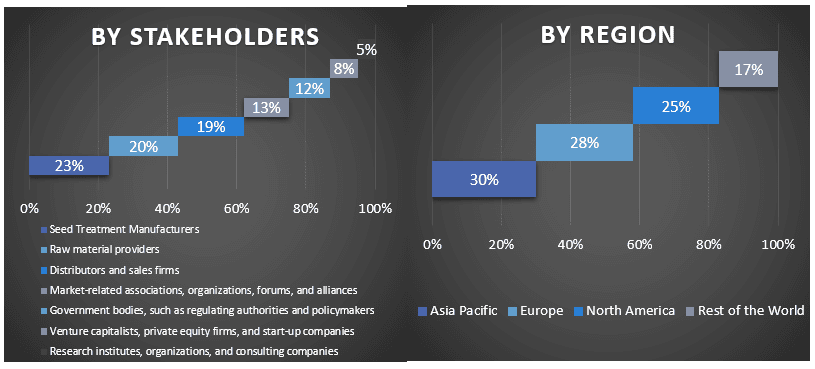
Market Engineering
The data triangulation technique was employed to complete the overall market estimation and to arrive at precise statistical numbers for each segment and sub-segment of the global seed treatment market. Data was split into several segments & sub-segments post studying various parameters and trends in the areas of type, application technique, and function in the global seed treatment market.
The main objective of the Global Seed Treatment Market Study
The current & future market trends of the global seed treatment market were pinpointed in the study. Investors can gain strategic insights to base their discretion for investments on the qualitative and quantitative analysis performed in the study. Current and future market trends determined the overall attractiveness of the market at a regional level, providing a platform for the industrial participant to exploit the untapped market to benefit from a first-mover advantage. Other quantitative goals of the studies include:
- Analyze the current and forecast market size of the seed treatment market in terms of value (USD). Also, analyze the current and forecast market size of different segments and sub-segments
- Segments in the study include areas of type, application technique, and function.
- Define and analysis of the regulatory framework for the seed treatment
- Analyze the value chain involved with the presence of various intermediaries, along with analyzing customer and competitor behaviors of the industry.
- Analyze the current and forecast market size of the seed treatment market for the major region.
- Major countries of regions studied in the report include Asia Pacific, Europe, North America, and the Rest of the World.
- Company profiles of the seed treatment market and the growth strategies adopted by the market players to sustain in the fast-growing market
- Deep dive regional level analysis of the industry
Related Reports
Customers who bought this item also bought

